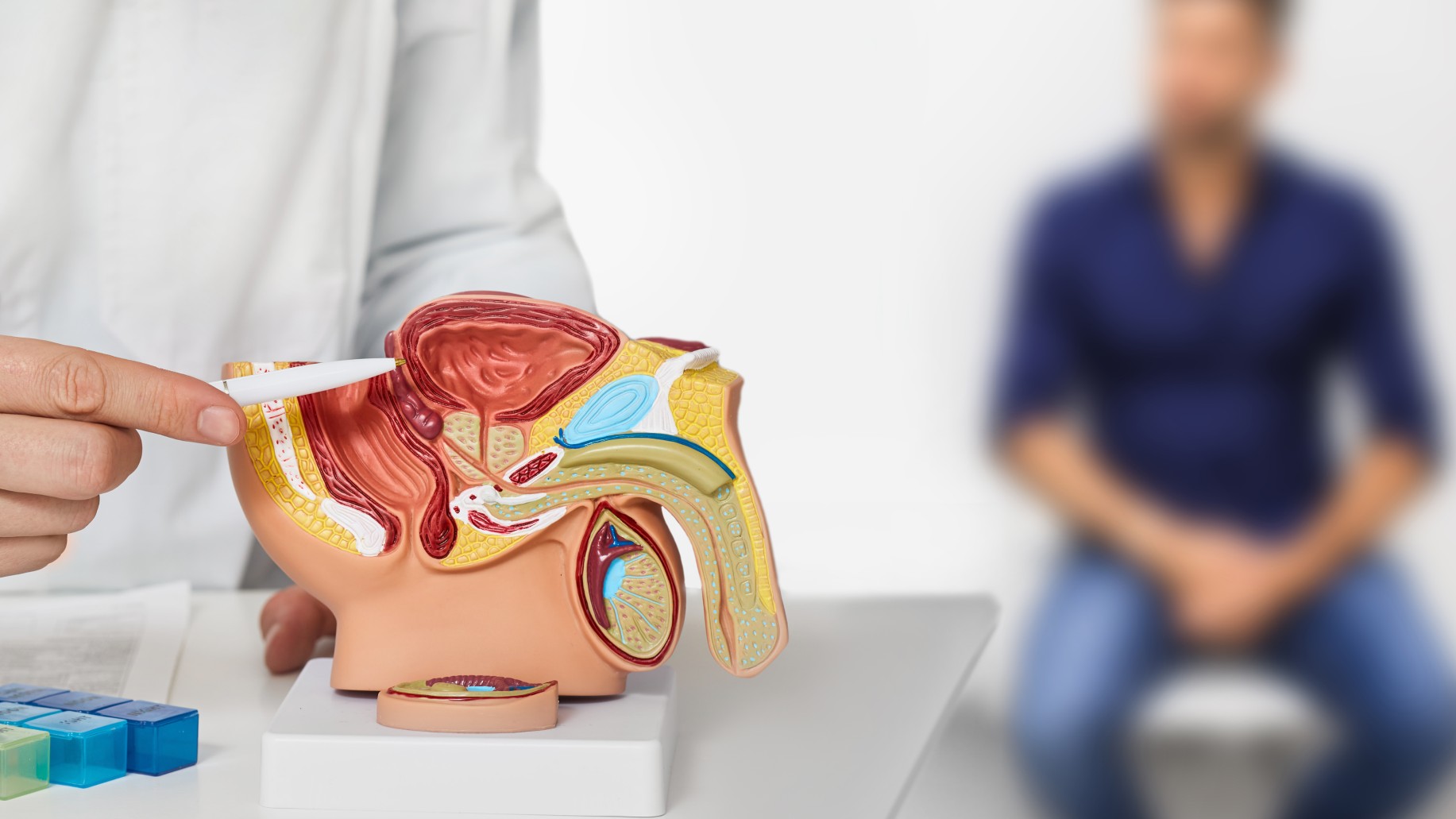How to Improve Blood Flow to the Penis Naturally: A Urologist’s Guide
By Dr. David Samadi
Reduced blood flow to the penis often results in erectile dysfunction (ED). Achieving an erection requires coordination between the brain, hormones, blood vessels, and nerves. When these systems function properly, nerve signals relax the blood vessels, allowing blood to flow in and causing a firm erection.
When circulation falters, men may notice weaker erections, reduced duration, or longer recovery times. These changes can signal deeper vascular health concerns.
Why Blood Flow Matters for Men’s Health
Healthy erections require good circulation. Conditions that harm blood vessels—like high blood pressure, cholesterol, diabetes, or clogged arteries—can also reduce blood supply to the penis. Because of this, ED may be an early warning sign of cardiovascular disease.
ED can also impact self-confidence, relationships, and emotional health. Stress, anxiety, or depression may follow, creating a cycle that worsens the problem. If ED persists, see a doctor to find the cause.
Four Natural Ways to Boost Blood Flow to the Penis
1. Maintain a Healthy Weight
Excess belly fat lowers testosterone and increases ED risk. Eating a balanced diet and combining aerobic activity with strength training helps men lose weight, balance hormones, and improve sexual function.
2. Cut Back on Alcohol and Nicotine
Alcohol slows brain-body communication, making arousal harder. It also dehydrates, triggering hormones that narrow blood vessels.
Nicotine from smoking or vaping also harms blood vessels and restricts penile circulation. The good news: Quitting can improve blood flow and sexual performance within weeks.
3. Manage Stress
Short bursts of stress, such as those experienced during emergencies, trigger the release of adrenaline to sharpen focus and fuel muscles. However, chronic, everyday stress—such as work deadlines, financial strain, or relationship tension—keeps stress hormones elevated. Over time, this damages blood vessels and interferes with erections.
Men can benefit from stress-management tools such as exercise, meditation, yoga, counseling, or engaging in relaxing hobbies. Reducing caffeine, alcohol, and nicotine also helps break the stress-ED cycle.
4. Eat for Better Circulation
Food supports vascular and sexual health. Certain foods boost nitric oxide, which relaxes blood vessels and improves circulation.
Here are some circulation-boosting choices:
- Watermelon: Rich in citrulline, a precursor to nitric oxide.
- Leafy greens (spinach, kale, arugula): Packed with nitrates that boost nitric oxide.
- Coffee: Studies have linked moderate coffee intake with a lower risk of ED.
- Salmon: High in vitamin D and omega-3s for vessel health.
- Dark chocolate (70% cacao or higher): Flavonoids improve blood vessel function.
- Nuts (pistachios, almonds, walnuts): Pistachios add arginine to boost nitric oxide; almonds and walnuts supply heart-healthy fats.
- Berries and citrus fruits: Flavonoids encourage better blood flow.
- Spicy foods: Capsaicin, found in chili peppers, may increase testosterone levels.
The Bottom Line
Erectile dysfunction is linked to overall health. Naturally improving blood flow through better habits supports both heart and sexual performance.
If you experience ED, know you are not alone, and solutions exist. The key takeaway: improving your lifestyle habits can make a difference, and consulting your physician helps identify causes and find the right treatment.
Dr. David Samadi is the Director of Men’s Health and Urologic Oncology at St. Francis Hospital in Long Island. He’s a renowned and highly successful board certified Urologic Oncologist Expert and Robotic Surgeon in New York City, regarded as one of the leading prostate surgeons in the U.S., with a vast expertise in prostate cancer treatment and Robotic-Assisted Laparoscopic Prostatectomy. Dr. Samadi is a medical contributor to NewsMax TV and is also the author of two books, The Ultimate MANual, Dr. Samadi’s Guide to Men’s Health and Wellness, and Prostate Cancer, Now What? A Practical Guide to Diagnosis, Treatment, and Recovery, available online both on Amazon and Barnes & Noble. Visit Dr. Samadi’s websites at robotic oncology and prostate cancer 911.

